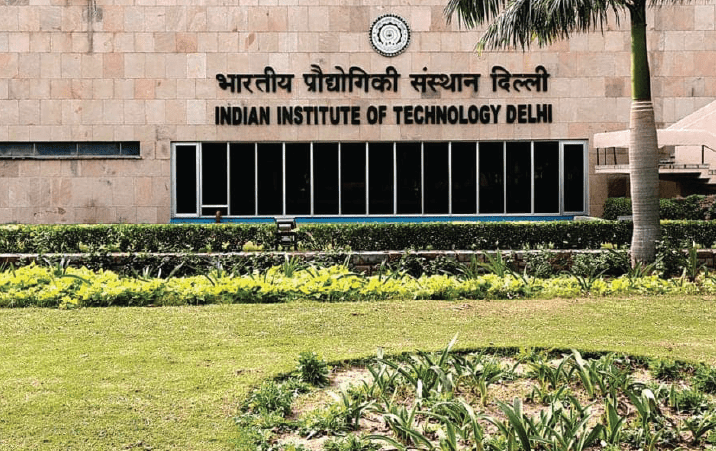The Indian Institutes of Technology (IIT), the Council of Scientific and Industrial Research (CSIR) and the central universities (CUs) are among the six centrally funded institutional systems that contributed over half of India’s total research output in the last two decades, according to a paper published in the Current Science journal.
The collective research output of all other institutions, be it under the state governments or in the private sector, was just about one-third of the total output despite their presence in larger numbers with a share of 6.4 per cent and 36.8 per cent, respectively, in the total expenditure on research and development in the country, stated the journal.
The Centre accounts for 45.4 per cent of the total spending on research in the country, according to the National Science and Technology Management Information System under the Department of Science and Technology. And institutions under it had a combined share of 67.5 per cent in the total research output in India between 2001-2020, according to an analysis of publications in the Web of Science database.
“The IIT system was the largest contributor, with a total of 152,276 papers during 2001–2020. It was followed by CSIR (99,430), CUs (97,524), Department of Atomic Energy (77,819), National Institute of Technology (46,034) and Indian Council of Agricultural Research (44,733)…In terms of percentage share of India’s total (research) output during this period, the IIT system contributed 15.8, followed by CSIR with 10.32, CUs with 10.12, DAE with 8.07, NITs with 4.78 and ICAR with 4.64,” states the paper authored by Anurag Kanaujia, Prashasti Singh, Abhirup Nandy and Vivek Kumar Singh of the Department of Computer Science, Banaras Hindu University.
The paper notes that institutions like the Defence Research and Development Organisation and the Indian Council of Medical Research, among others, were expected to have a larger share in the total output. It adds that these institutions may be engaging in research and development (R&D) activities, which do not necessarily lead to a research publication.
Overall, the research contribution of centrally funded institutions increased from 62.46% in 2001–2006 to 72.7% in 2016–2020. A deeper look at the numbers shows the IITs, NITs, Indian Institutes of Science Education and Research and Indian Institute of Management (IIMs) showed “rapid growth” in their research output, with a twofold increase in the number of publications between 2011–2015 and 2016–2020.
The proportionate share of the IITs and NITs rose from 12.5 per cent and 1.03 per cent in 2001-2005 to 18.72 per cent and 7.5 per cent, respectively, in 2016-2020. On the other hand, the proportionate contribution of the CSIR system has decreased continuously during the period, from 12.43% in 2001–2005 to 9.14% in 2016–2020.
This, states the paper, may also be an outcome of the fact that newer IITs and NITs have come up over the years. There are 23 IITs and 31 NITs across the states, while the number of centres functioning under the CSIR’s umbrella stands at 43.
“The results indicate that centrally funded institutions have an important role in India’s R&D activities, and that state governments should strive to promote more such activities in their institutions… Institutions under the state governments constitute a large share and an improvement in the research culture there will result in a manifold increase in India’s research output,” the paper concluded.
Courtesy : The Indian Express
